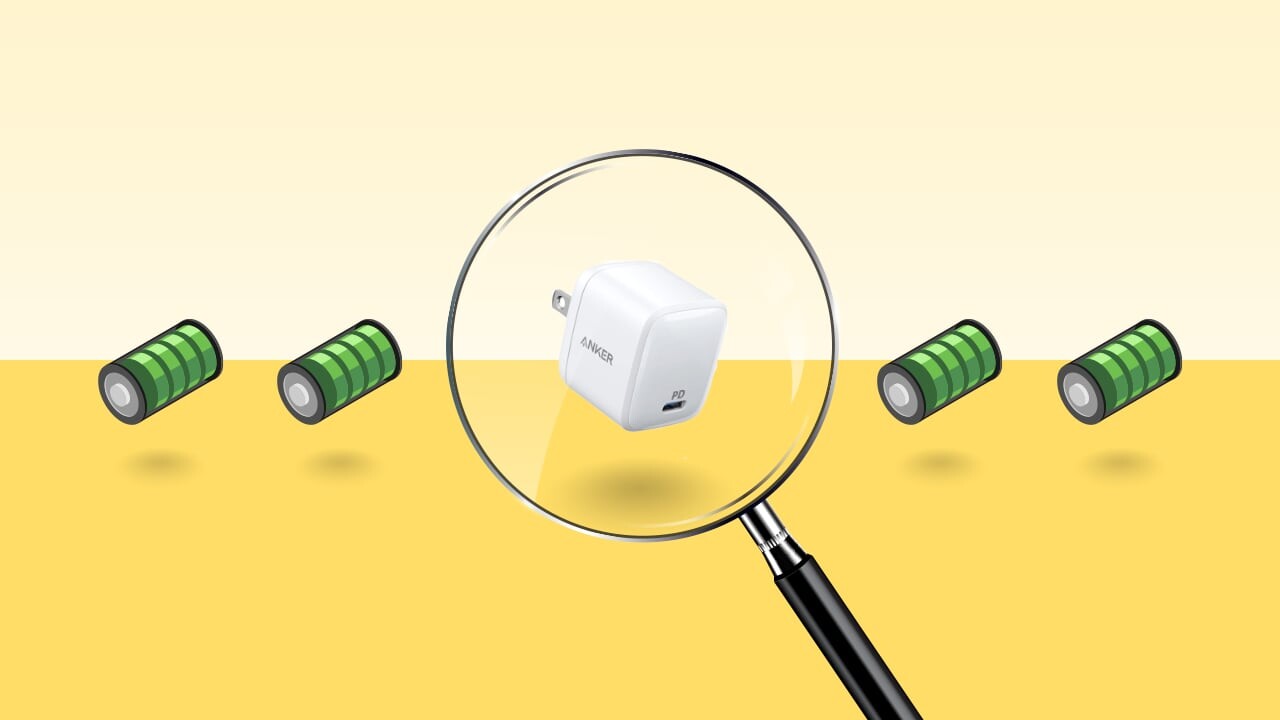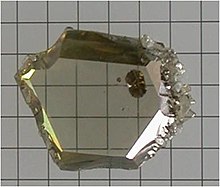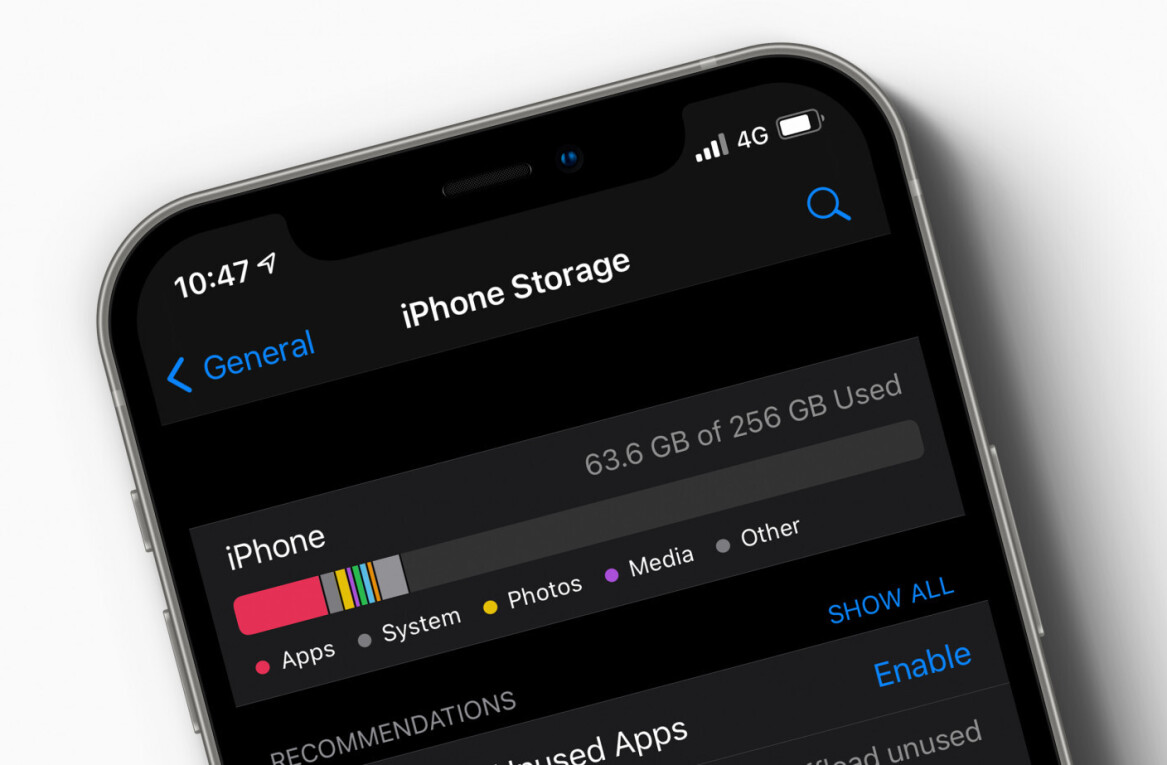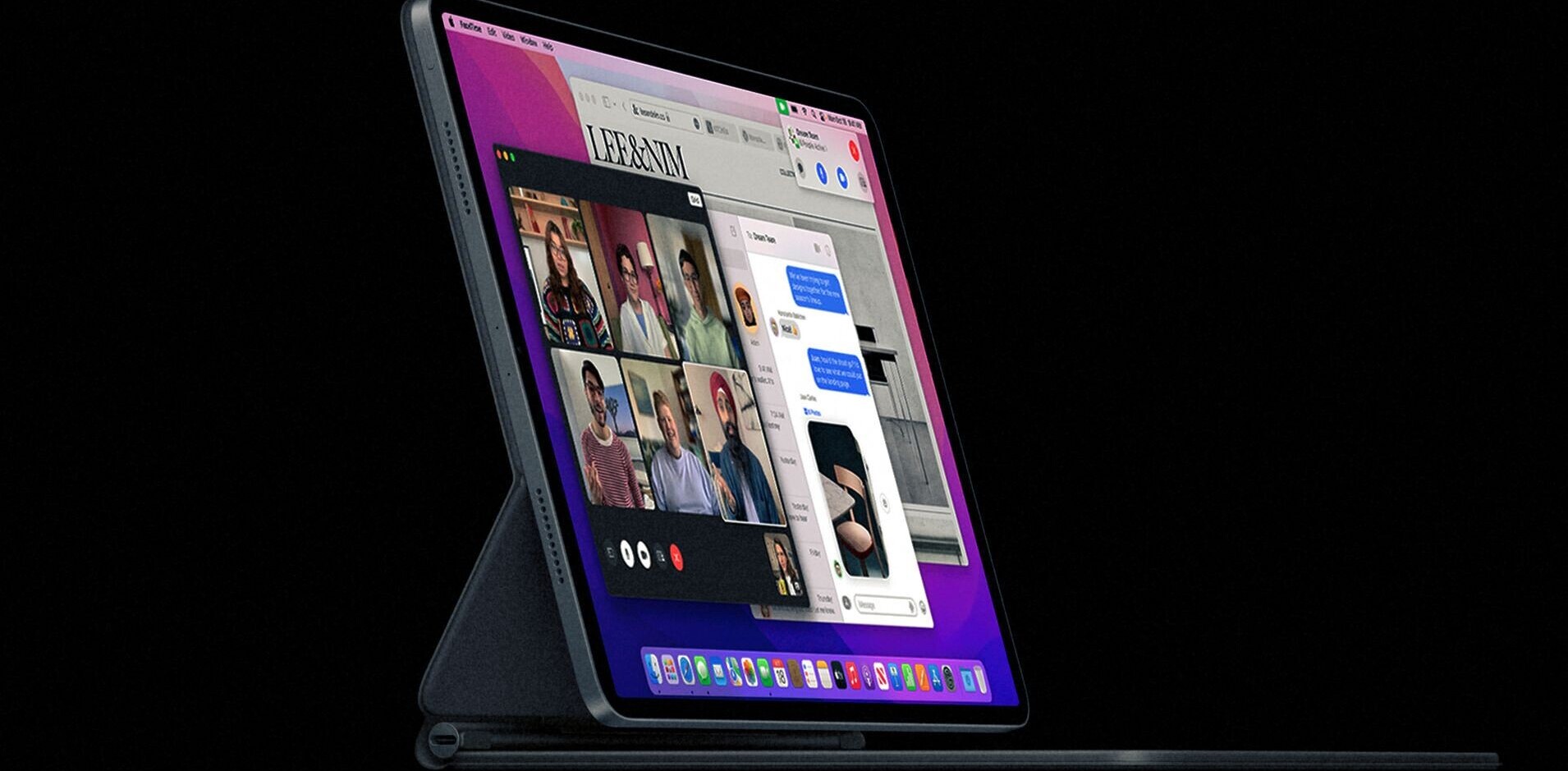
Standards is a series explaining various tech protocols, looking at their practical implementation, and where we could find them in devices around us.
Fast charging is one of the most useful features in smartphones over the last couple of years. Some companies have developed their own charging standards, and because of that, charging bricks supplied by those manufacturers often become bulky.
To solve this problem, accessory makers are using a new material called Gallium Nitride(GaN) instead of silicon. In this piece, we’ll take a look at how this new material will transform our charging solutions, and make our gadgets even more easily portable.
What is GaN?
To charge your phone’s battery quickly, most fast charging methods increase either current or voltage. The idea is to send more power to the battery to charge it in a shorter time.
However, in doing so charger’s components — a lot of them which contain silicon — heat up and limit its capability to use it safely. Gallium Nitride is an alternative semiconductor material that could be used in place of silicon.
GaN’s band bandgap (3.4eV) is larger than silicon (1.1eV). That means GaN could operate at higher voltages and produce less heat.

What’s the advantage of using GaN?
The main benefit of using GaN is that it produces less heat than silicon. Because of that, components don’t need too much “breathing space,” and you could pack more of them in a smaller space.
This means you can include the same amount of power as a silicon charger in almost half the size using GaN. This allows you to make smaller charging bricks or include more ports in the same sized brick.
You can learn more about Gallium Nitride and its use in electronics in this video:
The material can also sustain higher voltages, which means GaN chargers can output more power than silicon-based ones of the same size.
GaN also provides better charging efficiency — but only by a couple of percentage points.
Is GaN widely used?
GaN chargers are not exactly new. Anker released one in 2018. However, distribution has been limited due to the price difference between silicon chargers and more expensive GaN alternatives.
Steven Yang, CEO of Anker, said that 20% of the chargers it sold last year were GaN models. However, the company noted that every year almost 4 billion chargers are sold worldwide — and currently, GaN represents only 1% of that. Last month, Xiaomi became one of the first companies to include a GaN charger in the Mi 11’s global retail box.

Vinson Leow, the co-founder of charging solutions company ChargeAsap, said that a couple of years ago Navitas was the only place to acquire GaN components from, but now Chinese players such as Innoscience and Power Integrations are making these elements at a cheaper rate.
What’s the future and why should you care?
Apple and Samsung have already started removing charging bricks from their shipping boxes. And other smartphone makers might follow suit. There’s a chance we’ll reach a point where device manufacturers won’t give you a power brick at all.
So, it’s best to invest in a compact charging puck with multiple ports, and GaN chargers are best suited for that.
Anker says that it’ll take five years for GaN charging shipment to reach between 10%-20% of the global volume of chargers sold. Leow says that GaN chargers will cost as much as silicon chargers in the coming 2-3 years.
Yang also noted that a lot of customers don’t know what a GaN charger is; they just want something to charge their phones. So manufacturers will have to build customers’ awareness about the benefits of GaN devices before they begin buying them in larger numbers.
Where can you get a GaN charger?
Plenty of companies including Belkin, Anker, and Chargeasap are producing GaN chargers. Currently, you’ll find GaN chargers might be 30-60% more expensive than silicon chargers, depending on wattage and number of ports. However, most GaN chargers will save you a lot of space in your bag.
The only time you might get a GaN charger easily is if you’re using a phone that has a proprietary fast-charging standard — like those from Oppo, Vivo, or OnePlus.
There is no fixed method to pick the best GaN charger apart from reading the review, but you should pick one that meets the UL 60950 standard, which limits the charger’s operational temperature to be under 77 degrees celsius, avoiding overheating.
That means the charger is compliant with the latest safety standards and would have better energy efficiency. Amazon offers a ton of options from companies such as Anker and Aukey, go get one.
Get the TNW newsletter
Get the most important tech news in your inbox each week.





